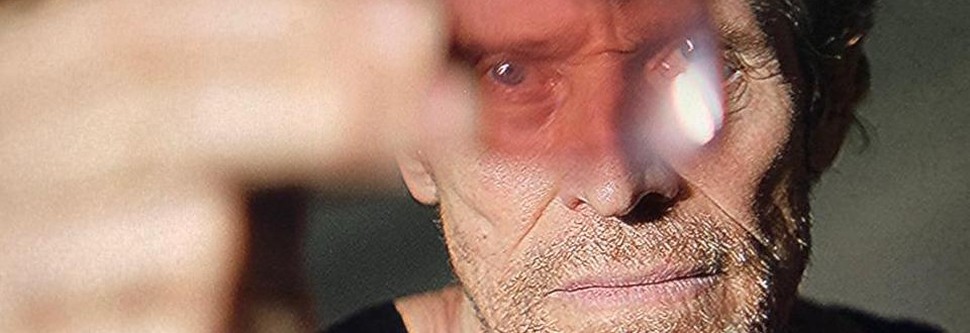
STEVE ANNIS FRAMES THRILLER IN WIDE ARRAY OF HAWK ANAMORPHICS
Inside is the narrative feature debut of director Vasilis Katsoupis, previously best known for his documentary work. The production strips filmmaking down to a few raw elements: essentially one actor, Willem Dafoe, trapped in one location – an extremely luxurious and modern Manhattan apartment filled with priceless art. Dafoe’s character, Nemo, enters the apartment with the intent to steal, but he got stuck inside, and as weeks pass, the film becomes a psychological thriller about survival. Nevertheless, the film maintains its claustrophobic tension throughout.
Major credit for the effective visual strategies that make the film work belongs to director of photography Steve Annis, who shot almost entirely on a studio set in Cologne surrounded by curved front laser projection screens outside the floor-to-ceiling glass of the apartment, with multiple projectors to be synced and edge to edge matching, which was a kind of a real challenge as well. The set lighting had to match the live projection changes. Over the course of the one-month shoot, he blended a wide assortment of Hawk lenses, including V‑Plus, V-Lite and class-X, and depended on rental support from Vantage Brussels.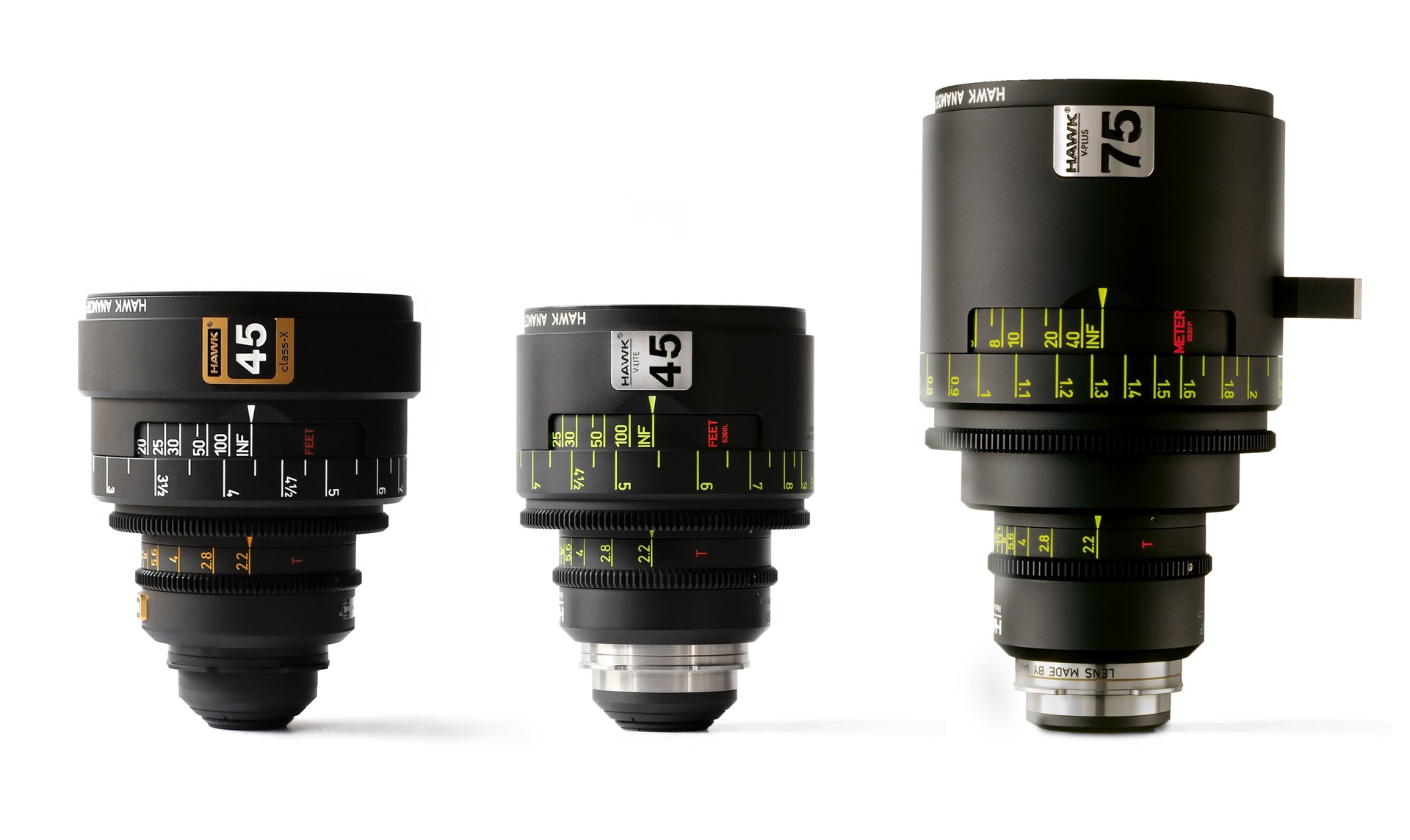 Annis and Katsoupis spent prep time together in Greece making storyboards and planning with a 3D mockup of the apartment set. Once on the set, much of their plans went out the window as Dafoe, a very experienced actor in what is essentially a one-man show, contributed ideas and improvisations.
Annis and Katsoupis spent prep time together in Greece making storyboards and planning with a 3D mockup of the apartment set. Once on the set, much of their plans went out the window as Dafoe, a very experienced actor in what is essentially a one-man show, contributed ideas and improvisations.
“Often we were going by the skin of our teeth, which I actually enjoy,” says Annis. “I enjoy shooting very organically and making it up as we go along. Willem wanted to do some incredible stuff, and it got very emotional at times. It was thrilling to work with such an amazing actor.”
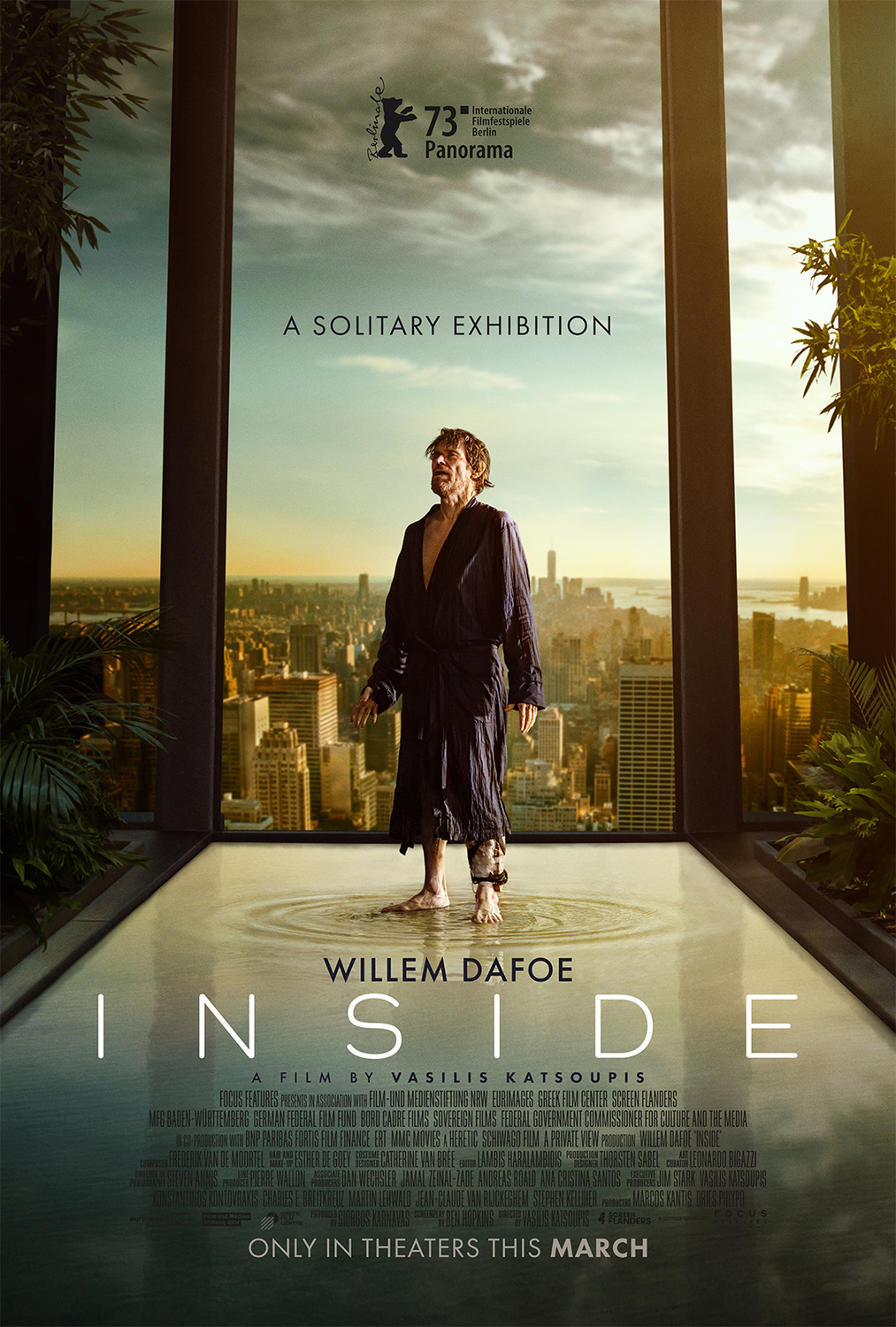
Annis tends to be agnostic about the camera choice, and is willing to go along if production has a preference. When it came to lenses, Katsoupis was drawn to anamorphic.
For Annis, Hawk was the obvious choice. “When you’re in Europe and you want anamorphic, you go with Hawk because of the array of anamorphic lenses they offer,” he says. “Hawk looked after me very well. All their lenses work together very nicely, even though they have different personalities. For example, a 35mm class-X and a 35mm V‑Plus are very different. The V‑Plus has a unique curvature. And the class-X is much more pleasing on the straight lines. Meanwhile, the 50mm V‑Plus is a thing of beauty. In many cases, I went with the older lenses because they tend to be more flattering.”
The ability to intercut freely was helpful in a number of ways. Annis and Katsoupis could choose lenses based on the emotional content of a given shot or scene, thereby giving the audience a subjective glimpse into Nemo’s crumbling psyche.
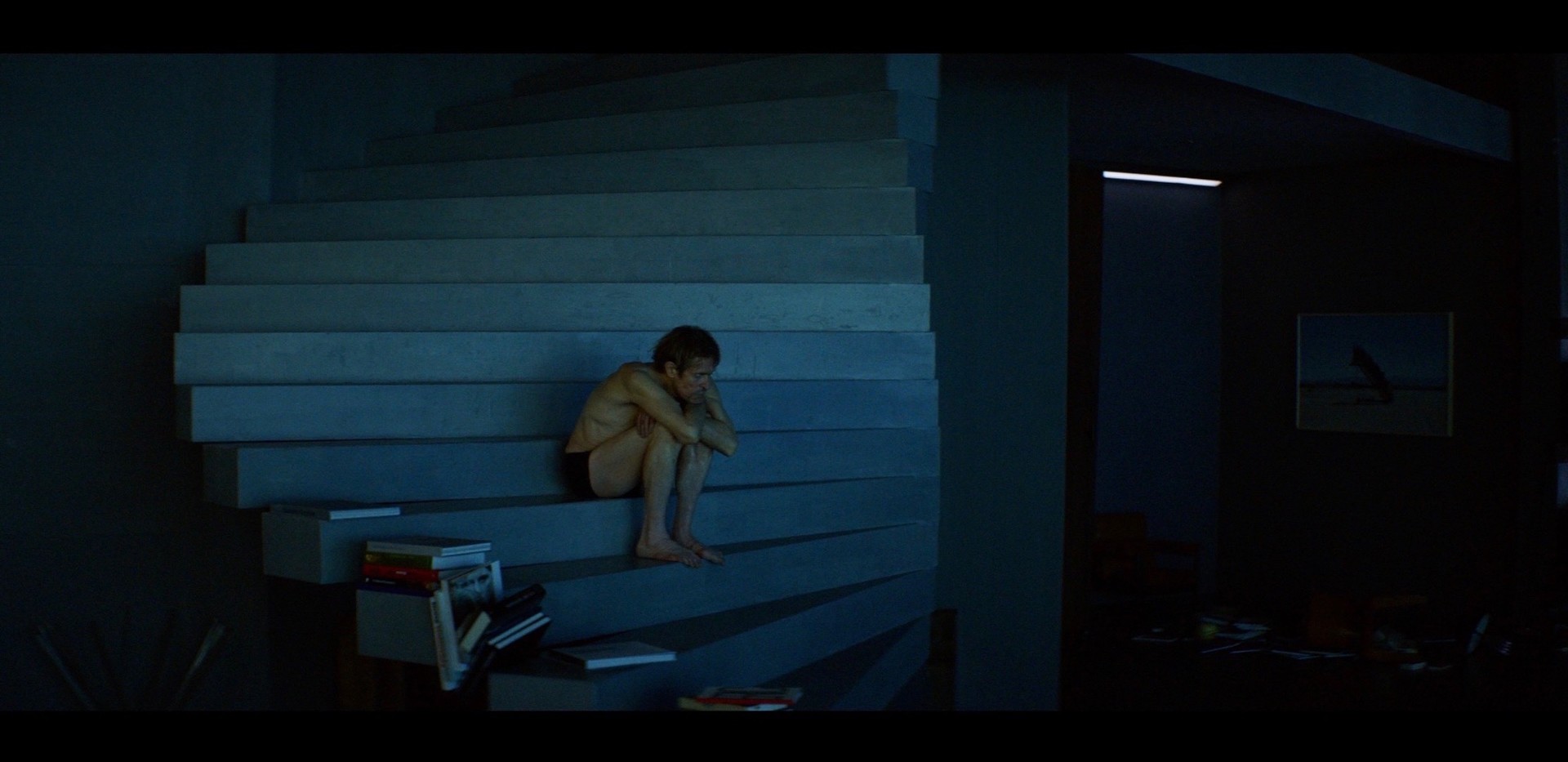
“What’s great about Vantage is the sheer variety of anamorphic lenses they offer,” Annis says. “You can dip into a certain package or a different breed of lenses, and they’ll all work together. They all pretty much match, and that’s what I like about them.”
Annis was hired in part because of his experience with rear projection, but he credits his team with the success of the project. “With the combination of myself, the director, my great gaffer Gideon van Essen, and renown first AC Amaury Duquenne, plus an amazing DIT, we could work quickly and intuitively,” he says.
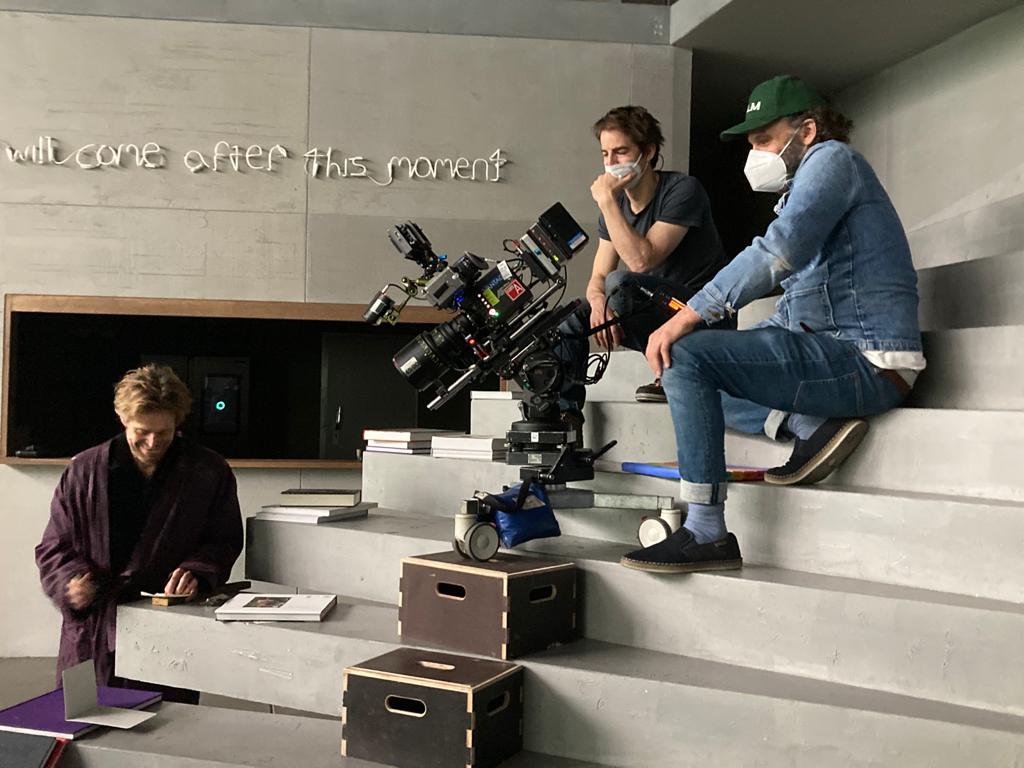 from left to right: Willem Dafoe (leading actor), Tom de Paul (grip assistant), Steve Annis (DoP)
from left to right: Willem Dafoe (leading actor), Tom de Paul (grip assistant), Steve Annis (DoP)
Inside was Duquenne’s first foray with Hawk Anamorphic Lenses. He had previously worked with MiniHawks from Vantage on a TV‑Series called No Man’s Land all shot in Morocco several years back. He notes that Annis’s thorough understanding of the full range of Hawk lenses made mixing and matching possible on the project.
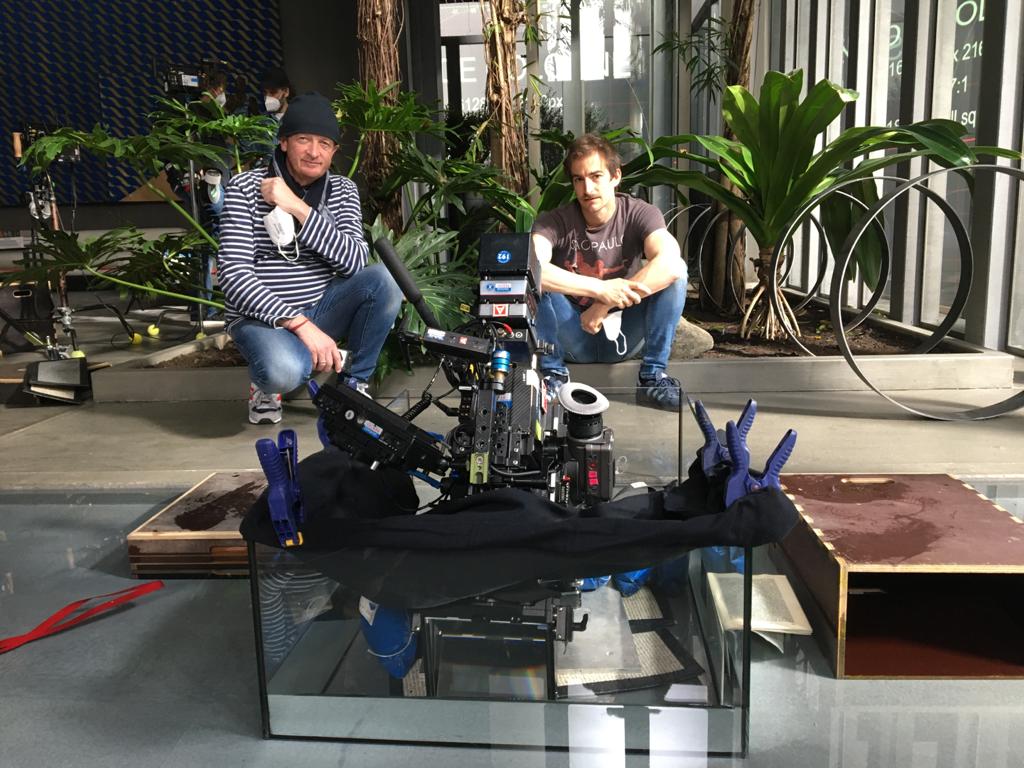 Amaury Duquenne (1st AC) and Yves Crabbe (key grip)
Amaury Duquenne (1st AC) and Yves Crabbe (key grip)
“The Hawk lenses are so well manufactured,” says Duquenne. “For a focus puller, that’s a luxury, especially on a job like this, where focus was critical and not always easy – Steve worked wide open quite a bit. It’s an organic process – you can either feel your lens or you can’t. And with Hawk, I can always feel it.”
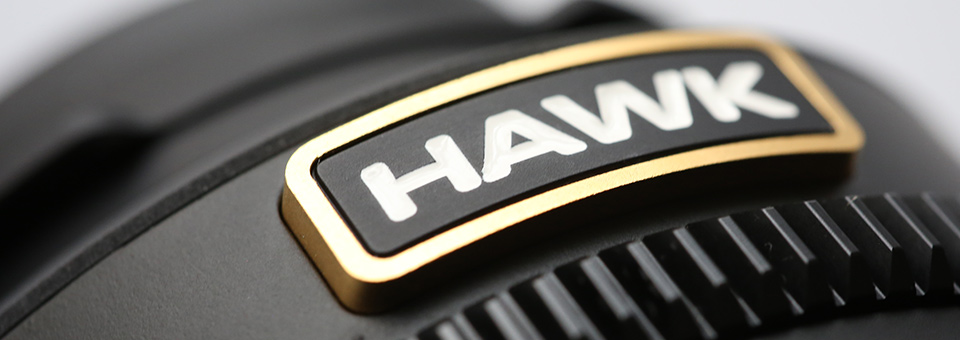
Annis and Duquenne made a point of keeping the background screens outside the windows out of focus to some degree, helping to sell the illusion and keep the audience’s attention on Dafoe and his predicament. The shoot often entailed 40+ shots per day, and takes were usually limited to three or fewer. That put extra pressure on Duquenne to nail focus on each take. He says that Dafoe was aware of each crew member’s responsibility and knew how to adapt his performance to the needs of the filmmakers.
“Willem was helping me a lot,” says Duquenne. “Once, after a shot with the 120 Macro with super close focus, I thanked him. He said with a laugh, ‘Man, I need you, and you need me!’ His performance was amazing. What I love about this job is that each time out, you learn something,”

Duquenne was also grateful for the support of Philippe Piron, Branch Manager at Vantage Brussels. “Philippe is a lovely man and a wonderful technician,” he says. “You can call him for advice any time of the day or night. With Vantage, everything is so clean and in perfect working order. Nothing is missing. If I could, I’d make every film with Vantage!”
The ability to create as a team, on the fly, was the key, says Annis. “Really, we made it up as we went along. I just go with my brain and my instinct. It was a very quick process. It’s not about me as a director of photography. It’s about letting other people have their say and be creative. That’s the way it works best – when people shine and collaborate. It was extremely passionate at times. We were all stuck in this penthouse for weeks. But when we realized what we had done, there was a bond and a respect between us.”
Inside had its world premiere at the 2023 Berlin International Film Festival on February 20, and was released in the United States on March 17, 2023.
Watch the trailer here.
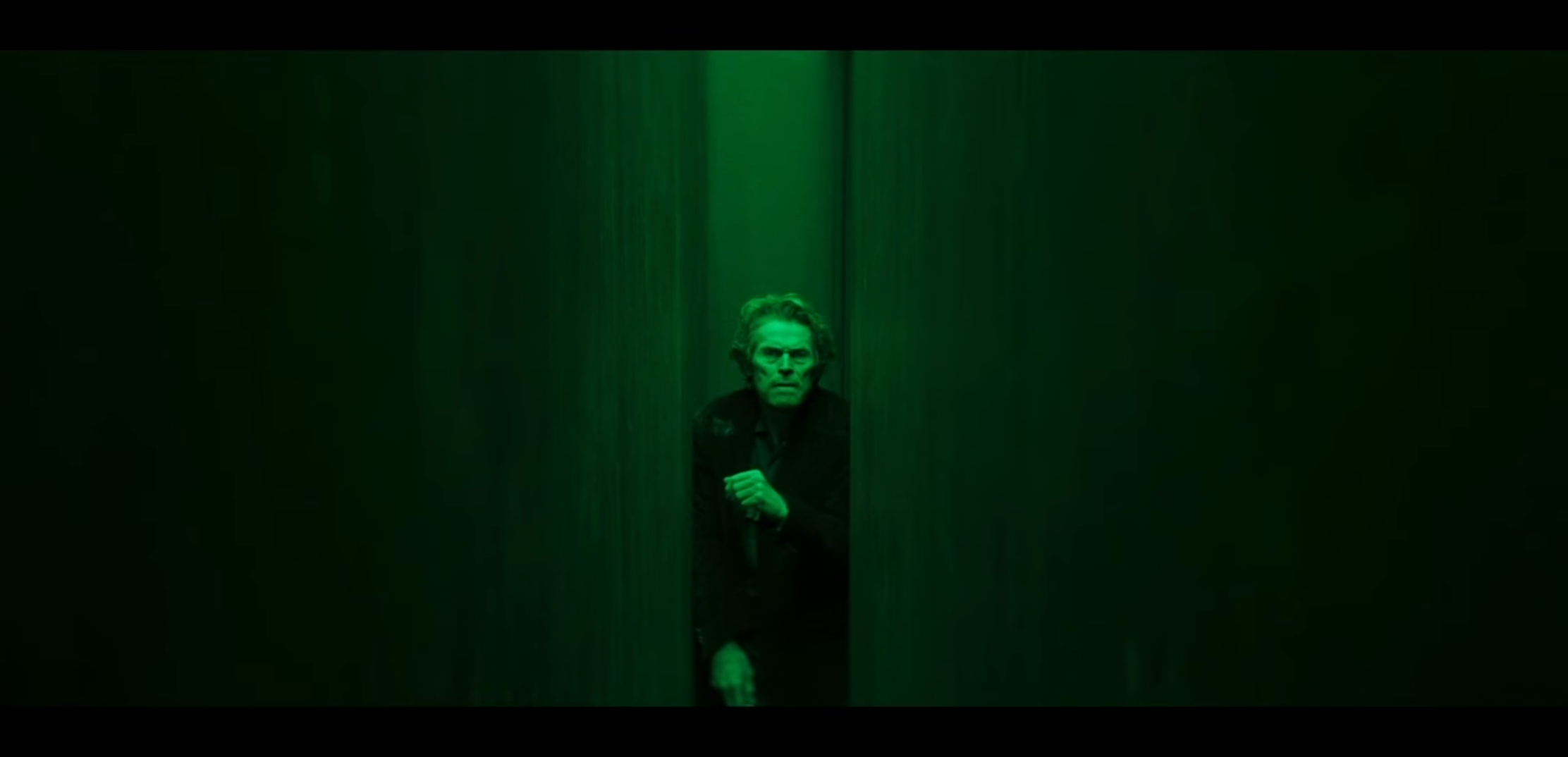
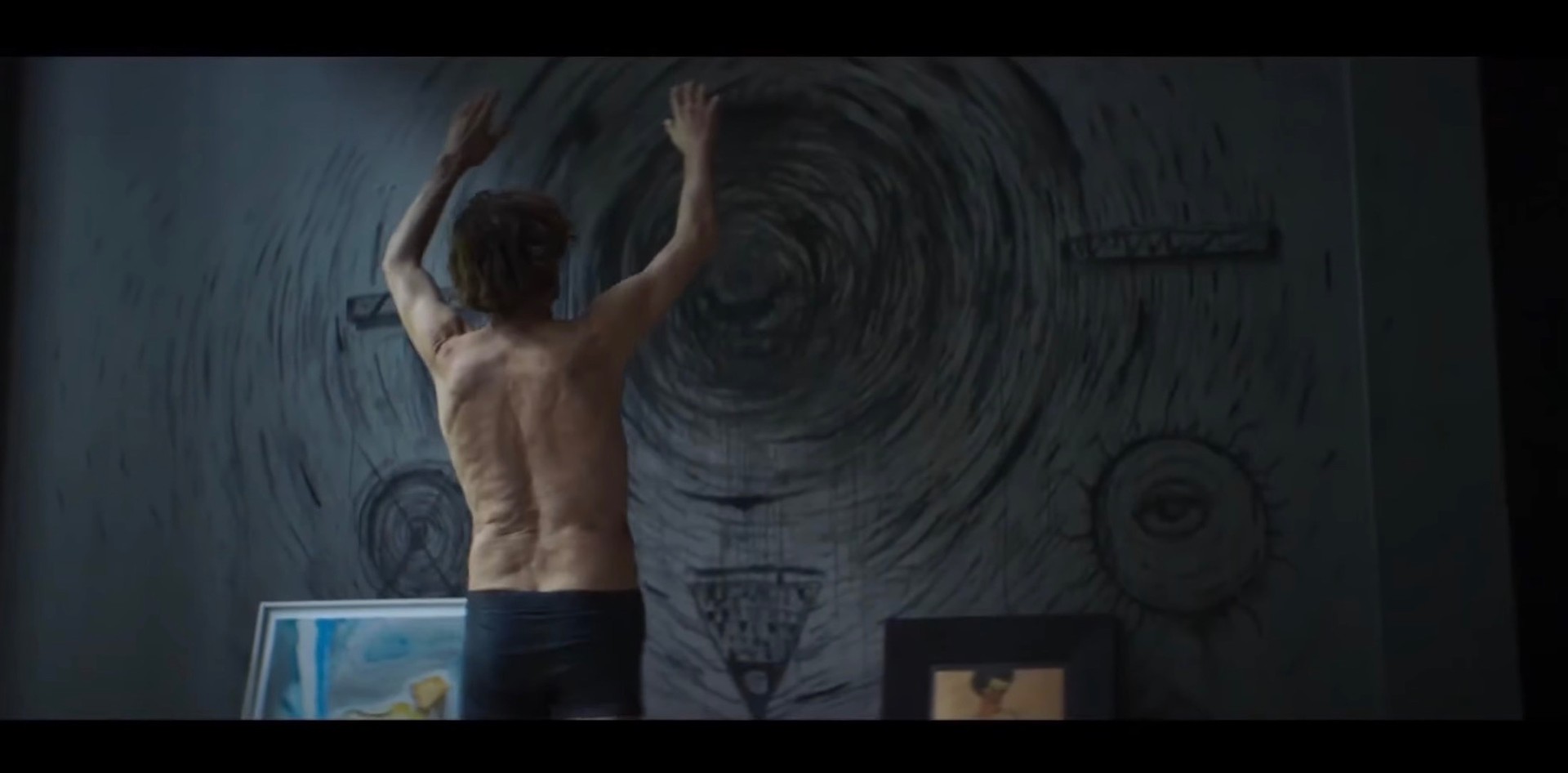
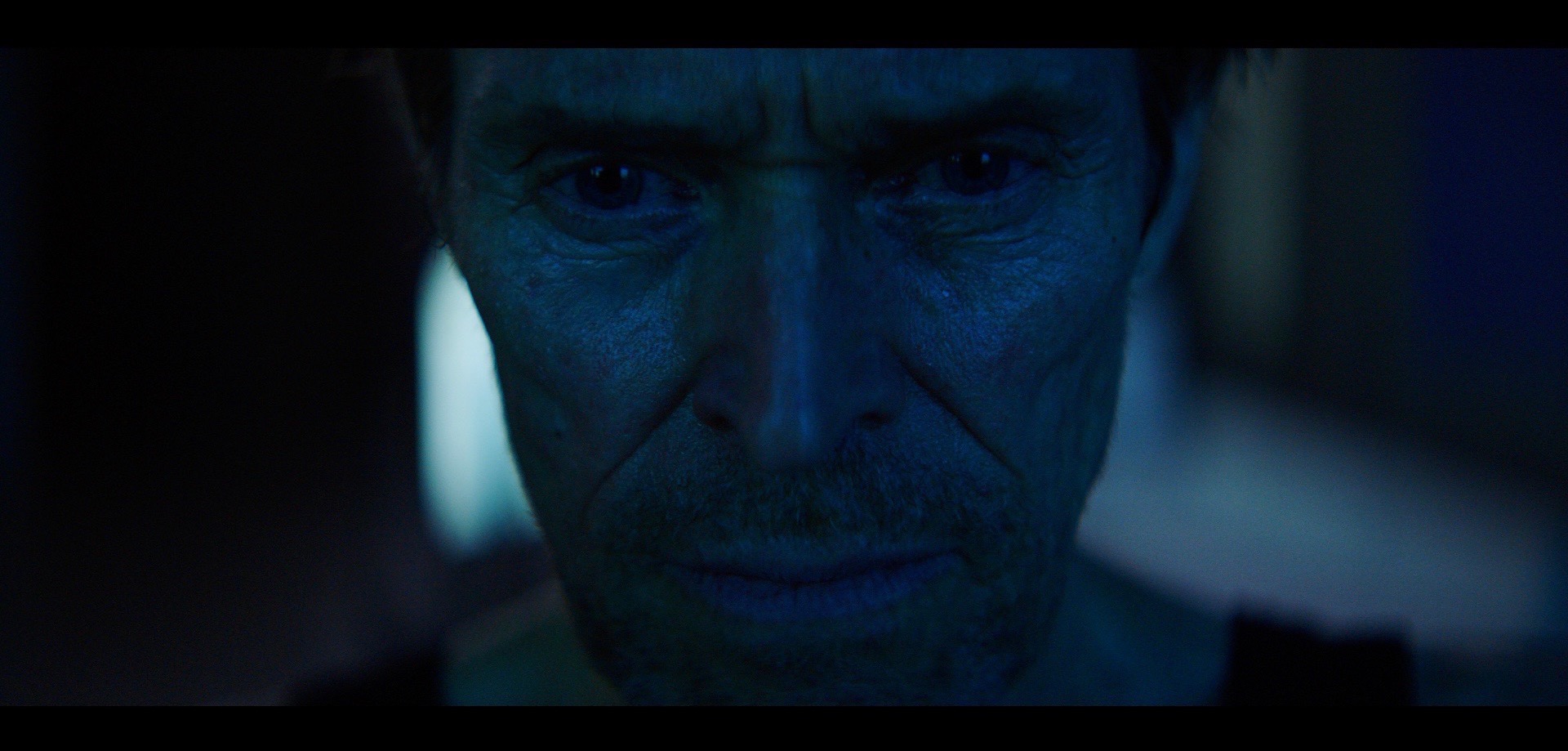
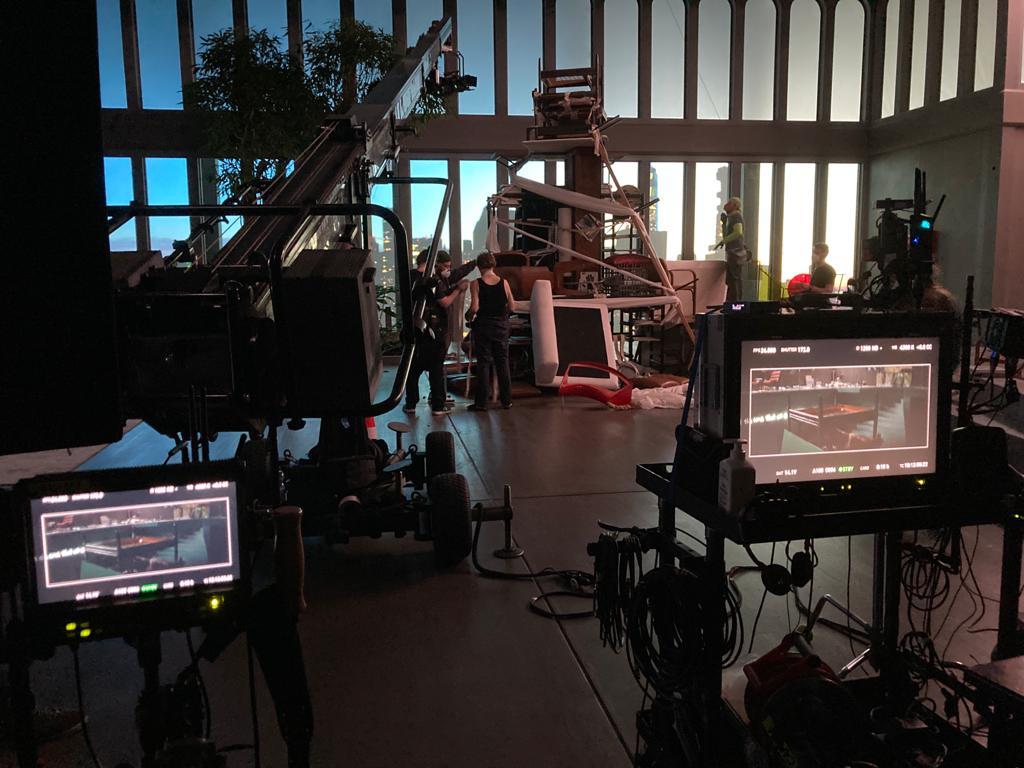
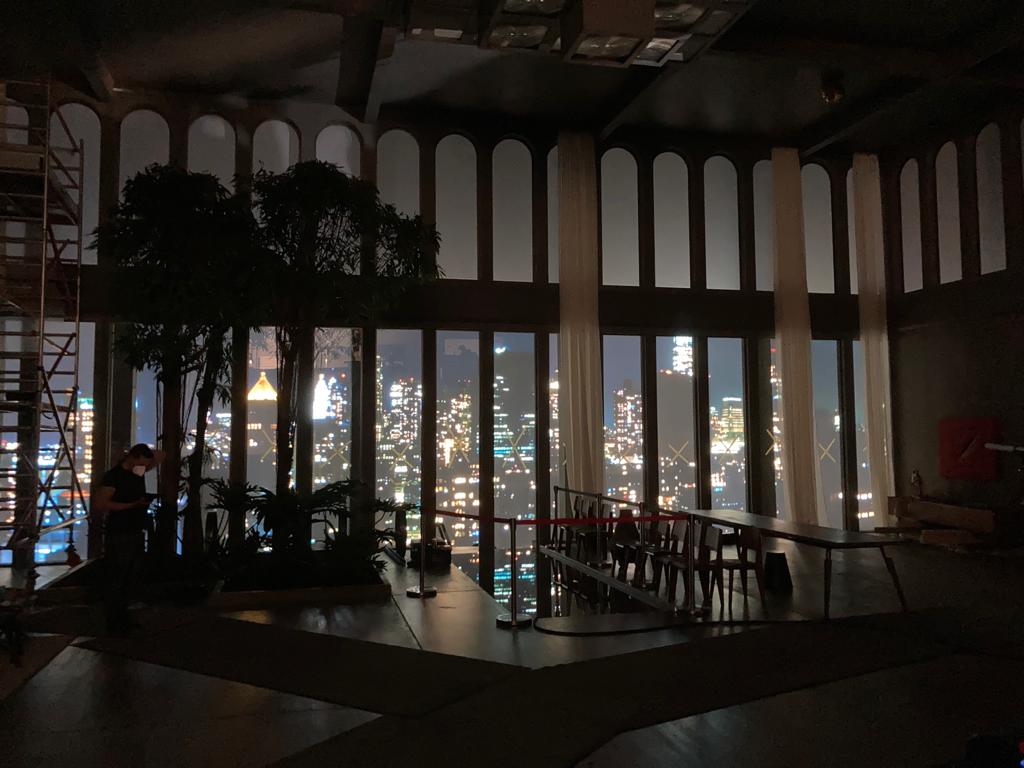
Images: Steve Annis, Amaury Duquenne












